So, you’ve moved into a new home. (Yay!)
But the previous owners’ paint colors are dull and uninspired. (Boo.)
No problem! You can just repaint.
Except, actually, yes, problem:
“What kind of paint did the last owners use??”
The answer could change the entire course of your repainting project. And if you don’t know (or can’t get in touch with somebody who does), you might be walking into a painter’s minefield.
Plus, the answer might be more complicated than you’d think. Many homeowners employ more than one type of paint depending on a ton of factors such as the underlying (“substrate”) material or the local meteorological atmosphere.
This post gives you a quick primer on the different kinds of paint you might find in your home, along with some pointers on how to both identify and repaint them in the safest, most effective way possible.
First, let’s get to know the two biggest players in the world of house paint:
Oil-based vs. water-based paint
Get ready to rumble, homeowners. Odds are your painting choices will boil down to a mano a mano between two of the market’s most popular mixtures:
In this corner, we have…
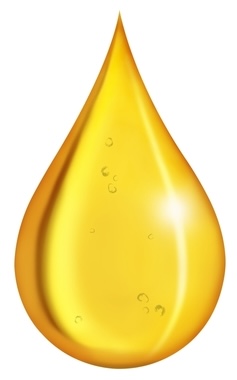
Oil-based paint. A sturdy veteran that uses either natural or synthetic oil in its composition.
Good for: Longevity; durability; superior gloss/sheen; interior trim and/or other high-contact areas
And in this corner, we have…
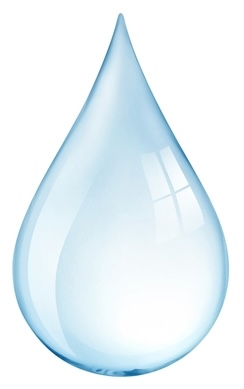
Water-based paint, sometimes referred to as “acrylic,” “latex,” or “acrylic latex” paint. This relative newcomer is more agile than its oil-based cousin and uses water as its primary liquid solvent, as opposed to the mineral spirits or mineral turpentine employed in oil-based paints.
Good for: DIY; exposed exteriors; easy cleanup
But before we ring the bell and you start weighing which paint option works best for your home, there’s something we should tell you…
Oil-based paint was once the gold standard, but lately it’s been falling out of fashion. We’ll get into the “why” below (and you can learn about oil-based formulas in greater detail here), but the fundamental reason is that oil-based paints tend to carry higher levels of volatile organic compounds (VOCs) than their water-based counterparts.
These compounds are connected to a host of short- and long-term health risks and frequently face government regulation to help curb their pollutive effects on the environment. As a result, a lot of consumers are understandably looking to move away from oil-based paints altogether. They may even be in a rush to cover up their oil paints with a lower-VOC (usually water-based) alternative––and we don’t blame them.
Okay, but slow down, folks. Don’t start the water-based makeovers just yet.
If you don’t proceed with caution here, you could end up with the homeowner’s equivalent of a hot (and sticky) mess. Why? Because:
You should never cover an oil-based paint with a waterborne color. (At least not directly.)
Why covering oil- with water-based paints is a bad idea
You know the old saying “Oil and water don’t mix?” Turns out it’s 100% accurate. (Thanks, science!)
Truth is the molecular properties of these two substances are straight up incompatible. They literally won’t “bond” in the scientific sense. So, if you try to layer a water-based paint on top of an oil-based color, you’ll end up with a decorator’s emergency when the paints naturally repel as they dry. Results can vary from a gross, unsightly texture that comes off by the strip to a severe case of flaking and cracking that makes for an all-around painting fail.
But hey, we get it. Oil-based paints come with a lot of baggage. And even though many older homes probably have at least some oil-based colors (thanks to oil’s immense popularity over the past century or so), you might be hoping to rid your home of oil-based paint for good.
Not to worry. You can still paint over old oil-based colors––you just have to be extra careful. When in doubt, keep the following in mind:
Can you paint over oil-based paints? Yes.
Can you do it directly with a water-based acrylic/latex paint? Absolutely not.
How to tell if paint is oil based
“But what if I don’t know what type of paint I’m working with?”
Good callback. And great question.
If you’re unsure exactly what kind of paint covers a particular surface, there’s a simple spot test you can do to settle the question once and for all:
Oil- vs. water-based paint test
- Pick an inconspicuous spot on the surface you want to repaint.
- Put some denatured alcohol (such as isopropyl alcohol) or acetone (fingernail polish remover) on a cotton ball or cloth rag.
- Wipe your spot with the alcohol. If any color comes off onto your cloth, your paint is probably water based. If it stays put, it’s most likely oil.
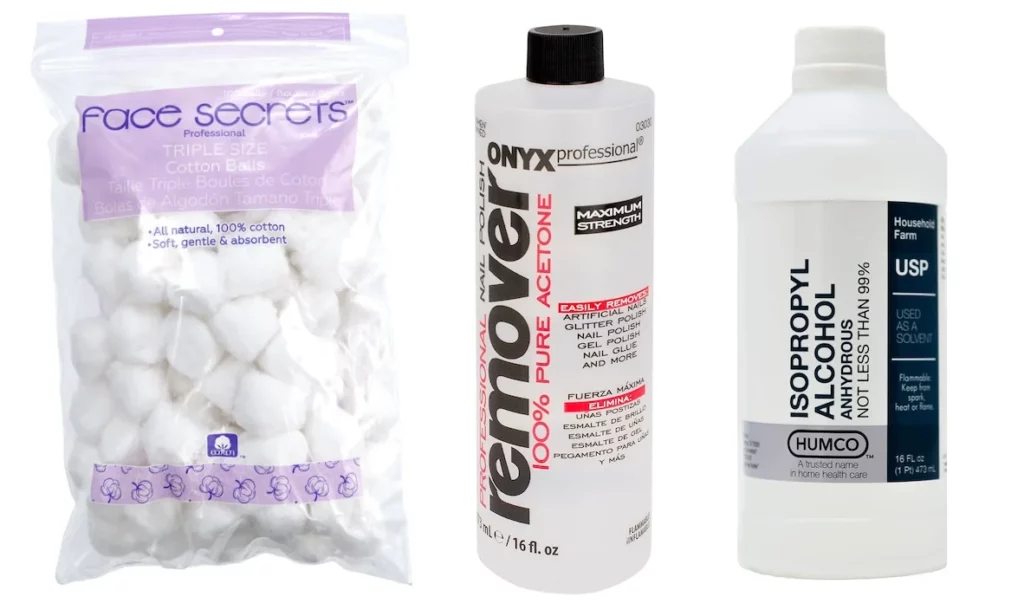
How to paint over oil-based paint
So: You’ve done the test and you’ve found out your paint is oil based.
Don’t panic. You’ve got this.
As a matter of fact, you have two reliably solid options:
Option 1: Go with an oil-based paint in a new color.
If you just want to spruce up your surfaces––and you feel the benefits of oil-based paint outweigh its disadvantages––you can prep your surface and apply a new oil-based color without any drama. Better yet, you can hire That 1 Painter to take care of it all for you; our work is literally guaranteed to leave you with a smooth, hard finish that won’t flake, chip, or peel.
This option can be useful for the messier, more stain-prone areas inside your home (think kitchens) since oil-based colors are more resistant to immediate stains than their water-based relatives. (Just be sure your work area is ventilated and remember to wear a respirator for added protection against VOC emissions.)
Option 2: Make the full-on switch to water based but use an oil-based primer first.
Yes! It’s possible to lay a water-based color over an old oil-based paint, but only if you do the proper prep. We recommend sanding the sheen off your oil-based surface, then applying an oil-based primer to serve as a bridge or buffer between the old paint and the new. (Yup. It’s safe to put water-based paint over oil-based primer. Who’d have thought?)
Once that’s done, you can add on a coat of water-based color without fear (pro tip: we’re partial to Sherwin-Williams ProClassic Waterborne Interior Acrylic Enamel). This is an excellent option for exterior painting projects, as water-based colors hold up well against direct sunlight and can expand and contract with your siding according to fluctuations in the weather.
What to do if you forget the “oil vs. water” rule
But let’s say for the sake of argument you forgot about the golden “oil vs. water” rule and/or neglected to test what kind of paint you were dealing with and then…disaster struck.
Shhhh. It’s okay. Happens all the time. Seriously.
In our many years in the business, we’ve seen loads of clients make this mistake. And we don’t judge. The oil- vs. water-based thing is tricky, and even professional painters can get it wrong sometimes (but not our team!).
The whole scenario usually plays out like this:
- A client coats their oil-based trim, doors, or cabinetry with an acrylic/latex paint they bought at a local hardware store.
- The past and present paints refuse to mix, and, in just a few days, chaos ensues.
- The client calls us in to tackle the icky fallout:
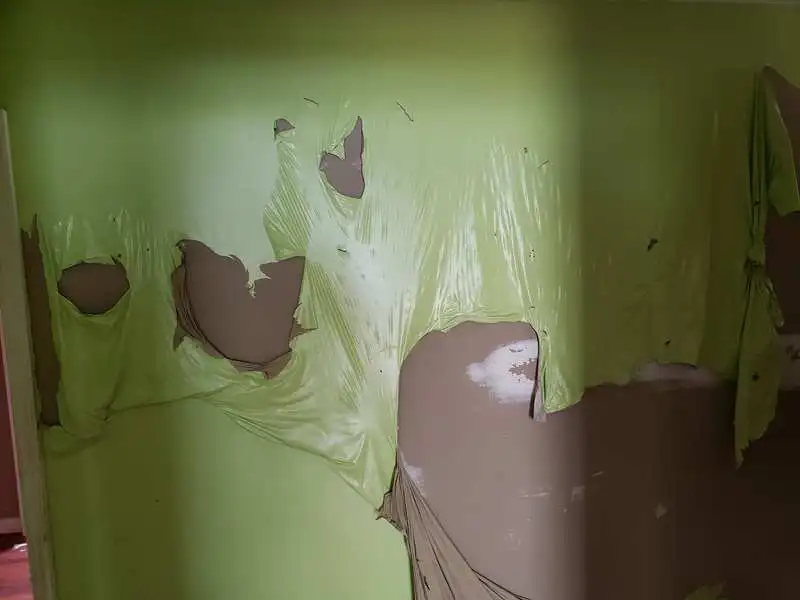
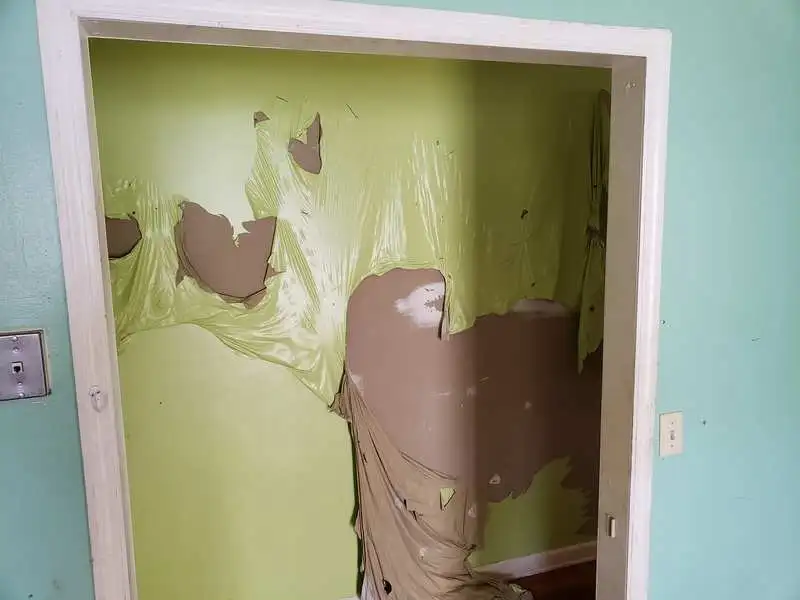
If you’re caught up in a similar saga, you might want to give the experts at That 1 Painter a call, too. We’ll strip down the mess, sand the affected surfaces, and clean everything up: No sweat.
Brief recap
All right, class, let’s review:
- Oil-based paints are falling out of fashion, but a lot of older homes still have oil-based-painted surfaces, and oil can be a uniquely effective choice for certain applications.
- Oil-based paints should never be repainted directly using waterborne paint formulas. This is a common mistake made by everyone from novice homeowners to unseasoned professional painters, and it can yield some nasty-looking results that take a lot of time and TLC to fix.
- If you’re not certain what type of paint is featured in your house, you can use some denatured alcohol to double check. If your home does have oil-based paint, you can treat it with an oil-based primer to facilitate a safe transition from oil- to water-based colors.
TL;DR:
Oil and water don’t play well together––in chemistry or in paint. So, while you might be in a hurry to cover up your oil-based colors, you should first make sure your chosen surfaces are fully primed.
You cannot lay water-based paint on top of oil-based paint directly. If you opt to repaint your oil-based surfaces with a water-based color, you’ll need to apply an oil-based primer first.
Missed the “oil vs. water” memo and now your walls are peeling like something out of a sci-fi movie? Maybe give us a shout.
Or you could just call us in from the very beginning.
We’ll survey your home, prep all your surfaces, and ensure your repainting project is handled safely and efficiently from start to finish––no matter which paint formula you choose.
Get in touch today for a free estimate on your next paint project.
How Much Does It Cost To Paint The Exterior Of a House in 2024? – That 1 Painter
Exterior House Painting Cost Guide in 2024 As a homeowner, you want your house to…
Paint Base Types: Oil or Water
How to choose what’s best for you and your home. A crucial decision to make…
Oil-Based Vs. Water-Based Paint: How to Repaint Your Home without the Mess
So, you’ve moved into a new home. (Yay!) But the previous owners’ paint colors are…
Franchisee Spotlight: Mariel and Jonathan Robles of That 1 Painter Waco-Killeen
Without our franchisees, we would still only have our corporate locations; we want to take…


I have a Deft product,,oil based exterior/interior polyurethane on my house exterior beams which has not lasted well the past 3 years. I don’t want to get top on the ladder every 3 years. what can I reseal it with???
A water based marine product???
A oil based marine product???
Or????
It is a new house, rebuilt after the California fire, and my husband and I are 84 and can’t keep redoing this!!
Help please! Thanks
Hi Carolyn, we feel your pain! A spar urethane product will always be best for exterior staining/sealing. Polyurethanes don’t hold up well against the UV of the sun compared to spar urethanes. We like the Minwax spar urethane. But any spar urethane would be best.
Thank you for such clear advice. Good article.
You are so very welcome.
I hired a painter to paint all 11 of my oil-based painted doors whiter, and he did not use any primer, so your last photo of the paint peeling under a door knob is exactly what I’m dealing with now. It’s taken me 4 days to peel the paint off of ONE door, and in the process I’ve made a multiple tiny gouges in the door’s raised panels. Your article is a godsend. Would you kindly name a SPECIFIC primer (including brand) I could use for my other 10 doors, please?
Oh my goodness, that is awful, I’m so sorry to hear you had that experience! I’m glad this article is helping. If you need help on the peeling, here’s some tips to make it a bit easier on you. Set the doors out in the sun and use a large scraper. To speed up the process, you could try using a blow dryer or a heat gun until the paint bubbles – then it should peel right off with a scraper. If you do use a heat gun, do it in a well-ventilated area.
For primer: Sherwin-Williams® Easy Sand Oil Primer and if you’re not able to find that in stores, try Sherwin-Williams® Extreme Block Oil Based.
Awesome straightforward advice . I’ve just primed my new unpainted en-suite door in oil based primer and was concerned about next step . Your article has cleared up any doubt in my mind Many thanks Dave
We love to hear that, Dave! So glad we could help!
I recently bought a home.The concrete basement floor has Sherwin Williams industrial oil based enamel on it.How can I go about using a latex to repaint the floor?
Hi Dan, we recommend Oil based primer then S-W Porch and Floor or Treadplex.
[…] to strict health restrictions, oil-based paint is not as widely used as acrylic or latex paints. Oil-based paints give out a more pungent odor because volatile organic compounds make using them challenging for any […]
the comment oil and water don’t mix is incorrect referring to painting water base over oil…thres no interaction chemically between the two when they are dry…the only reason the water base won’t stick to oil is it needs “tooth” in order for it to stick to an oil base surface …scuff all of the shine off and go ahead and paint acrylic over it…water base paint will bond well over oil that has a properly prepped surface
I painted an exterior metal door with water based paint and it very east to scratch off. Can I go over with oil based paint and it will afhere?
There is a long standing belief that acrylics will not stick directly to oil paints. This was certainly true of earlier generation real latex paints and acetate based paints. Having been raised on oil paints, I decided to test this old belief. I took several pieces of casing and painted them with high gloss alkyd paint. I then painted them with Behr’s 100% acrylic paints, all 4 grades. After a couple days of curing, I could not scrape them off with my fingernail. After years of having customers try to scrape them off, they are still intact!
I would also paint out that most of the water based high adhesion primers are acrylic,. as is Borden’s white wood glue.
Wrong! you can use the many waterborne oils over oil base paint.
They stick just as good and ive never had a problem with S&W Pro Classic.
30 year painter here
I mistakenly used oil based texture over walls painted in latex paint. I scraped off the texture and washed down the walls with water to remove the dust from scraping. Do I have to primer before repainting with latex paint (I have some original (oil based, interior) Kilz I can use if I have to, or can I just paint over the scraped down walls with the latex paint (that is Behr paint + primer)? I’m so confused! Thank you for your help!!